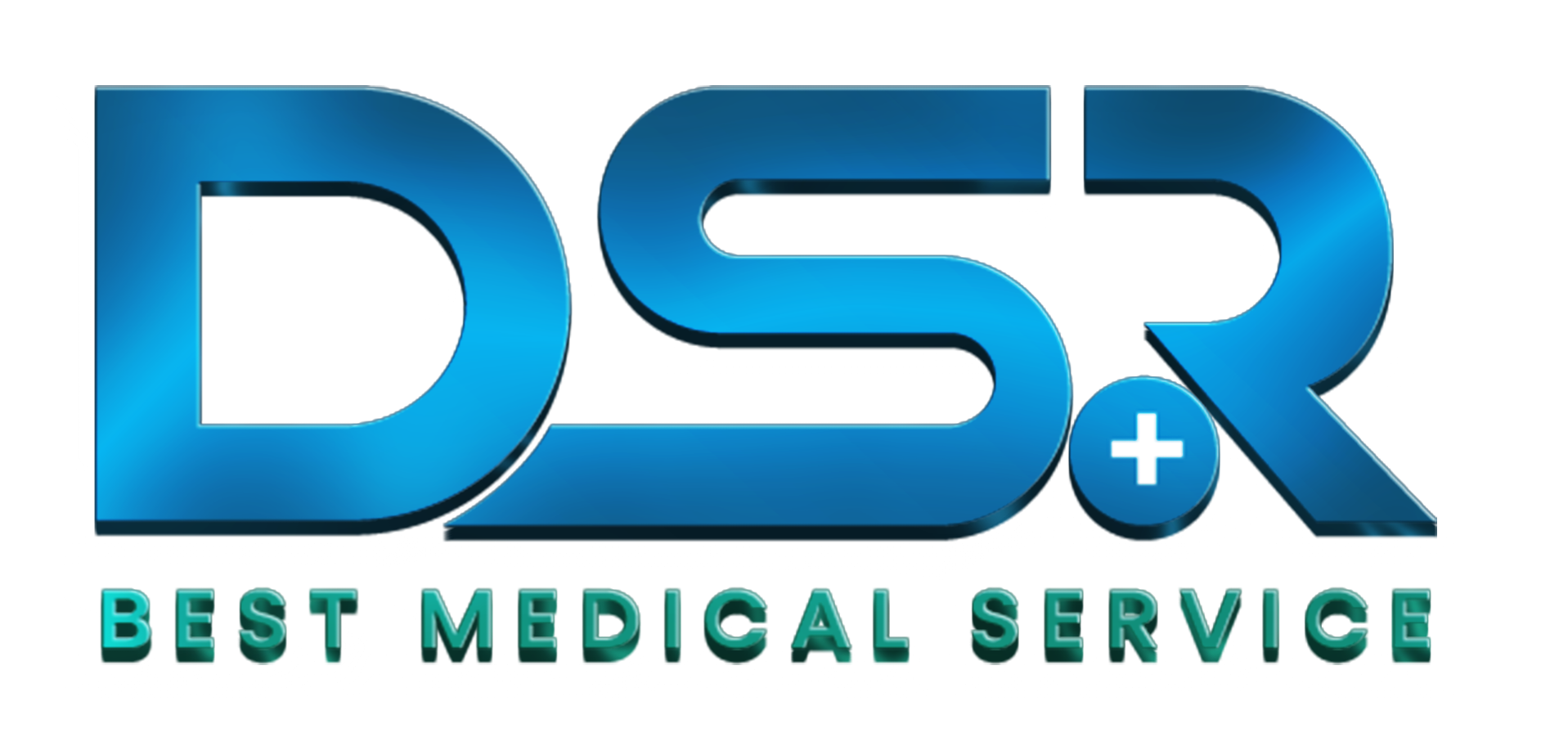Investigation
| Investigation | Finding |
| T3, T4, TSH |
|
| TSH receptor antibodies (TRAb) |
|
Thyroid scan:
|
Thyroid scintigraphy: advantages
|
| ALT, GGT, ALP, Bilirubin |
|
| S. calcium |
|
| Blood glucose, urinary glucose |
|
| ECG |
|
Factitious thyrotoxicosis: (OSPE/SAQ)
- Consumption of excessive amounts of a thyroid hormone preparation (levothyroxine)
- The exogenous levothyroxine suppresses pituitary TSH secretion and hence suppresses
- iodine uptake, serum thyroglobulin and release of endogenous thyroid hormones.
- The T4 :T3 ratio (typically 30:1 in conventional thyrotoxicosis) is increased to above 70:1
- Lab finding:
- T3 – normal, T4 – raised, TSH- low/undetectable; high T4 :T3 ratio
- Low iodine uptake
- Low or undetectable thyroglobulin.
Management of thyrotoxicosis:
- Definitive treatment of thyrotoxicosis depends on the underlying cause
- Mode of treatment:
- antithyroid drugs,
- radioactive iodine
- surgery.
- β-blocker: propranolol (160 mg daily), will alleviate but not abolish symptoms in most patients within 24–48 hours. Alternative: Verapamil.
Atrial fibrillation in thyrotoxicosis
- The incidence is higher in men and increases with age (60 years)
- Rate control: digoxin plus β-blocker.
- Anticoagulation
- Cardioversion may be required in some cases
| Thyrotoxic crisis or thyroid storm |
Signs:
- fever, agitation, delirium,
- tachycardia or atrial fibrillation, cardiac failure.
- Harrison: fever, delirium, seizures, coma, vomiting, diarrhea, jaundice
Precipitation:
- acute illness: (e.g., stroke, infection, trauma, diabetic ketoacidosis) in a patient with previously unrecognized or inadequately treated thyrotoxicosis.
- Surgery: in known thyrotoxicosis, shortly after thyroidectomy in an ill-prepared patient
- Radioiodine therapy: within a few days of 131I therapy.
Mortality: 10%
- Cardiac failure, arrhythmia, or hyperthermia
- Take 4 history?
- Fever
- History of
- treatment with antithyroid drug
- recent radioiodine therapy
- recent thyroid surgery
- List 4 important clinical sign
- Signs of dehydration: sunken eyes, dry mucosa, dry skin
- GCS
- Basal crepitation / respiratory rate
- Enlarged thyroid gland / surgical scar
- Exophthalmos
- Write 5 principles of management
-
- IV fluid / correction of dehydration
- Beta blocker
- Sodium ipodate
- IV steroid/dexamethasone
- Antithyroid/ carbimazole
- Antibiotics
- Antipyretic
Management:
This is a medical emergency, requiring intensive monitoring and supportive care
-
- Referral: Urgent specialist endocrine input
- First 3 steps: (for easy remembering)
- Rehydration with IV fluid
- Oxygen
- Cooling
- 2 ancillary steps:
- Propranolol: orally (80 mg 4 times daily) or intravenously (1–5 mg 4 times daily).
- anti adrenergic effect : caution → acute negative inotropic effects
- Hydrocortisone: 100 mg IV every 8 hours: block conversion of T4 to T3
- 2 main steps
- Oral propylthiouracil (PTU)
- loading dose: 500–1000 mg, then 200 mg every 4 hours (oral, NG tube, rectal)
- inhibit synthesis and conversion of T4 to T3
- if not available, carbimazole (20 mg every 6 hours)
- Iodine: Sodium ipodate/ potassium iodide or Lugol’s solution
- One hour after the first dose of propylthiouracil,
- block hormone synthesis via the Wolff-Chaikoff effect
- Rest 2 steps:
- Antibiotics: if infection is suspected
- Cholestyramine: to sequester thyroid hormones
Monitoring: cardiac monitoring, haemodynamic status
Follow up: After 10–14 days the patient can usually be maintained on carbimazole alone.
